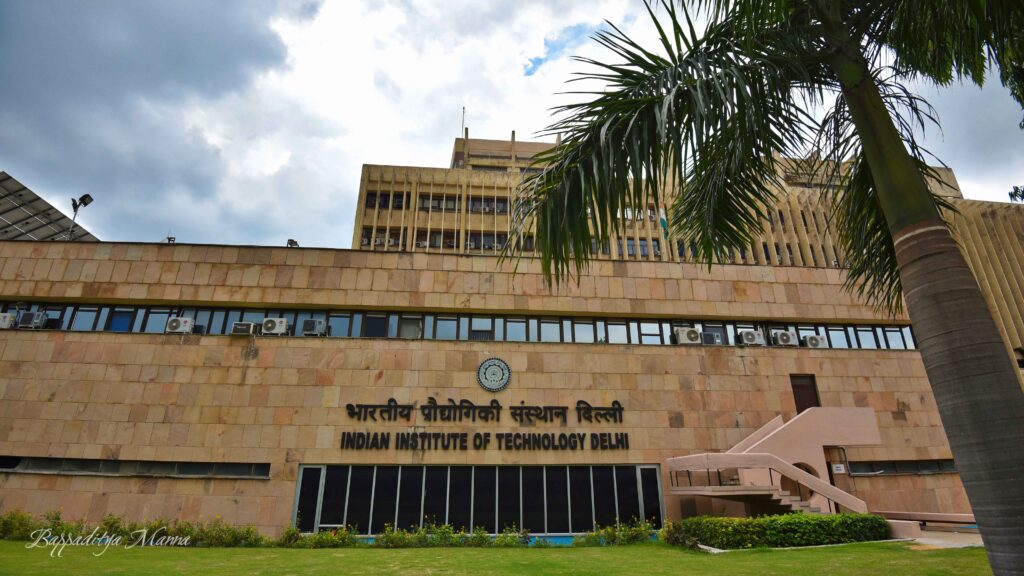Imagine a world where your glasses remain scratch-proof, your vehicle’s windscreen resists wearing out, and your smartphone screen remains unaffected by daily mishaps. This sci-fi fantasy can become a reality very soon, courtesy of groundbreaking work from the Indian Institute of Technology (IIT), Delhi.
Glass, so transparent and practical, is surprisingly brittle. Ordinary actions, rubbing raindrops from the surface, cleaning a dirty windshield, or smearing grime from a tabletop—produce microscopic scrapes, stealthily weakening its strength. And worse, humidity in the air accelerates the wear and tear, imperceptibly consuming its strength. What if there was an unseen shield guarding glass against such abrasion?
Graphene: The Ultimate Shield
Step in graphene, a sheet of carbon that is only a single atom thick but renowned for its extraordinary strength and chemical shielding properties. In a recent study published in the “Nano, Micro, Small” journal, IIT Delhi researchers have shown how a nanometer-thick sheet of graphene can significantly improve the durability of glass when it comes into contact with water.
“Water, so innocent-looking, has a significant role to play in the degradation of glass,” says Professor Nitya Nand Gosvami of the Materials Science and Engineering Department at IIT Delhi. “It’s whether the windshield wiper rubs over rain-soaked grime or the water-soaked cloth wipes the table that water molecules seep into the micro-scratches, causing wear at the molecular level.”
To resolve this issue, researchers conducted nanoscale scratch tests that replicated real wear and tear. What the researchers got was astonishing. A few graphene layers rendered brittle silica glass an injury-resistant material that resisted extensive surface damage even in harsh environments.
Practical Applications and Future Impact
“While glass surrounds us, its susceptibility to scratching and moisture still poses a problem,” says Gosvami. “Our results indicate that graphene can be used as a coating, substantially enhancing glass’s mechanical and chemical resistance.”
The potential impact is enormous. A thin coat of graphene would make common items such as smartphone displays, camera lenses, car windshields, solar panels, and even optical instruments subject to humidity much less vulnerable.
IIT-Delhi Civil Engineering Department Professor N M Anoop Krishnan also explains the science behind graphene and why it works. “Our molecular simulations show that graphene prevents glass from chemically bonding with reactive surfaces when water is present. This protective property prevents chemical damage and reduces physical wear.”
A Future of Indestructible Glass
Graphene-coated glass used in tests remained with “zero wear” even though it was scratched against diamond or silicon surfaces, which both erode glass gradually. The find holds the potential to revolutionize glass-dependent industries by making glass products more durable and long-lasting.
With this pathbreaking research, IIT Delhi has opened the gates to a future in which glass is no longer a fragile material but almost unbreakable—guarded by the world’s thinnest yet most potent armour.

